From Quang Binh , we had to cross Truong Son to Laos, go along the Southern Lao plateau, then follow the B45 road back to Vietnam. The Truong Son road was basically a hastily built military road, with a narrow surface, many high and steep passes, and was often blocked by the US Air Force, so the marching speed was very slow.
 |
| Dr. Phung is 86 years old and still provides free health check-ups to people. |
That year, the rainy season came earlier so we spent more time waiting for the road to be cleared than moving, and it wasn't until the night of June 30, 1972 that we crossed Meo Pass to return to Vietnam.
After a night of hardship, at dawn on July 1, 1972, we had passed Meo slope to the intersection 71 - where the B45 road and the 14 East Truong Son road (today's Ho Chi Minh road) met. This was the starting point of the A Sau - A Luoi valley and we had almost reached the designated assembly point. It was already dawn so we had to quickly find a place to hide the vehicle. Seeing a small stream flowing across the road, the vehicle commander ordered me to back into it. But when I backed up about 10 meters from the road, the vehicle slowed down. Knowing there was a problem, I turned off the engine and jumped down to see that the left chain had broken.
Seeing that the location was not yet safe, the driver said that we had to connect the chain immediately to move back a little further. I climbed into the car, went into the driver’s door and took out some chain connecting tools such as: sledgehammer, pin pusher, chain cable… and placed them on the front of the car. Still standing in the driver’s door, I threw each item onto the sandbank by the stream. When I had just thrown the roll of chain cable down, a flash of fire broke out. I collapsed and knew nothing more. It was really unfortunate that the destination of A Luoi was right in front of me and I was injured.
I only regained consciousness when I felt a sharp pain in my back. Gradually, I realized that I was swaying on a hammock. The path seemed rough because of the increasing bumps on the ground and the panting of the people carrying the stretcher. My whole body was paralyzed - especially the upper half, but my mind gradually became clear. I slowly remembered everything and realized that when I threw the chain cable down, something had exploded and I was injured. The most frightening thing was that my eyes were dark and burning. My chest and left arm also hurt, and my left arm could no longer move. Listening to the stories of the stretcher brothers, I realized that I was being taken to a forward surgical station.
As soon as I arrived at the operating room, I was taken to the operating table. First, the doctors and nurses removed my eye bandages. However, I still couldn’t open my eyes because they were still burning like they were on fire. Suddenly, I felt someone prying my eyes open and a stream of cool water poured into them. The water washed away the sand, so my eyes felt better and no longer burned. At this point, everything was blurry again and I still couldn’t see anything because of the glare. They bandaged my eyes again. I asked, “Are my eyes okay?” One of them replied, “We’ll have to wait three more days to find out.” I painfully thought, “It must be bad! Usually, when people encourage wounded soldiers, they just say they’ll get better. But if they say that, it’s already bad.”
Next, I saw people getting several injections into my arm. One person kept asking carefully: “How many brothers and sisters do you have, where are you from, are your parents well, what grade are you in…”. I was bored so I just typed out an answer and suddenly fell asleep. Later I found out that it was a technique used by the military medics there to test the effectiveness of the “pre-anesthetic” drug (this was a forward surgical team so there was only pre-anesthetic and anesthetic, no endotracheal anesthesia). After they gave the injection, they kept asking like that, and when there was no answer, I knew the drug had taken effect.
I fell into a deep sleep for who knows how long. But then I felt something very itchy on my chest, as if someone was scratching it with a stick. So I raised my right hand and pushed it away. All I heard was the clanking of instruments. Someone shouted: “Why is he awake so quickly? Give me another injection.” It turned out that at that time the doctors were fiddling with the piece in my chest, because the anesthetic had worn off, I felt itchy. Because they were subjective, before the surgery they did not tie my hands, so I pushed away the instrument. They gave me another injection and I fell asleep again.
Thanks to my youth and the care of the doctors and nurses, my health recovered quite quickly. On the third day, my eye bandages were removed and I could see almost as before. Only then did I have the opportunity to learn about the place where I was. It was Surgical Team 4 of Military Station 41 of Group 559. This was a forward surgical team located near the key point of Junction 71 to provide first aid and emergency care for wounded soldiers before transferring them to the treatment team. Therefore, the team had less than a dozen people, including two doctors, a few nurses, and a military nurse, led by Doctor Nguyen Van Phung. The surgical station was located on the slope of a red hill with dense vegetation not far from Junction 71 (possibly in the area of Hong Van, A Luoi 1 now).
Combining my memory and the opinions of the doctors, I concluded: I must have been injured by a landmine. Landmines are the size of guavas dropped by American planes on the roads to stop our troops. Because they are dropped from planes, people also call them "landmines". When they fall, they will throw out 4 thin wires like spider silk but very long, about 8 meters. When there is an impact on any wire, that impulse is transmitted and triggers the mine to explode. However, this landmine must have been dropped a long time ago, the wire was broken and covered with sand and dirt, so it was only when I threw the chain cable (about 5 - 6 kg) down and landed right where it was, with enough force that it exploded. I had about 5 - 6 pieces in my chest, 2 pieces in my left shoulder, 1 piece in my right shoulder, and a few pieces in my face - luckily those were the smallest pieces...
(continued)
Source: https://huengaynay.vn/chinh-tri-xa-hoi/tram-phau-tien-phuong-dia-dau-a-luoi-bai-1-nhung-ngay-o-tram-phau-tien-phuong-156950.html


![[Photo] Fall Fair 2025 and impressive records](https://vphoto.vietnam.vn/thumb/1200x675/vietnam/resource/IMAGE/2025/11/03/1762180761230_ndo_br_tk-hcmt-15-jpg.webp)

![[Photo] General Secretary To Lam receives Singaporean Ambassador Jaya Ratnam](https://vphoto.vietnam.vn/thumb/1200x675/vietnam/resource/IMAGE/2025/11/03/1762171461424_a1-bnd-5309-9100-jpg.webp)

![[Photo] Prime Minister Pham Minh Chinh receives the Chairman of the Japan-Vietnam Friendship Association in the Kansai region](https://vphoto.vietnam.vn/thumb/1200x675/vietnam/resource/IMAGE/2025/11/03/1762176259003_ndo_br_dsc-9224-jpg.webp)
![[Photo] Lam Dong: Close-up of illegal lake with broken wall](https://vphoto.vietnam.vn/thumb/1200x675/vietnam/resource/IMAGE/2025/11/03/1762166057849_a5018a8dcbd5478b1ec4-jpg.webp)
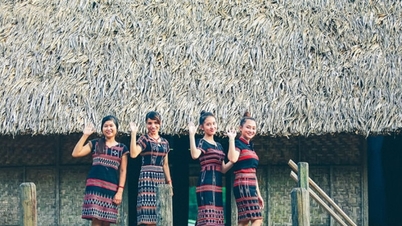




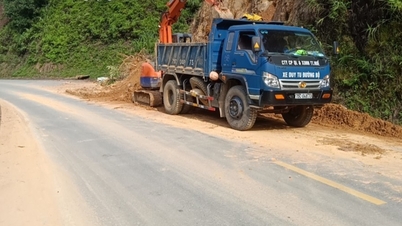
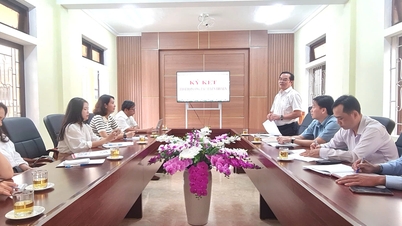
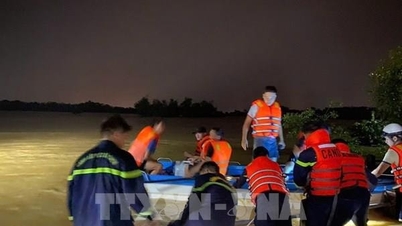

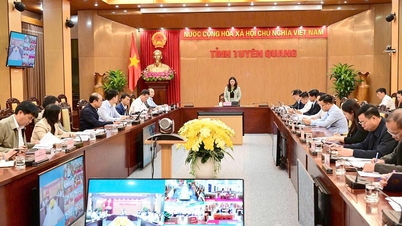
























































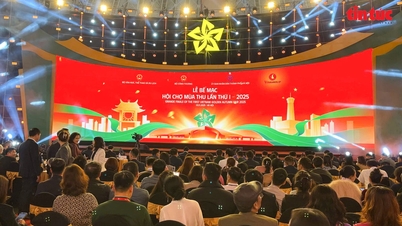


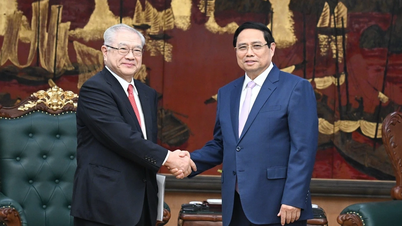












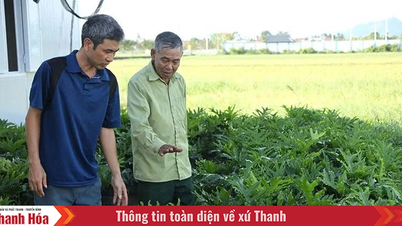

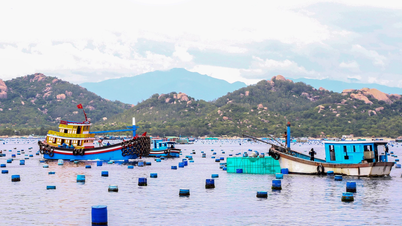




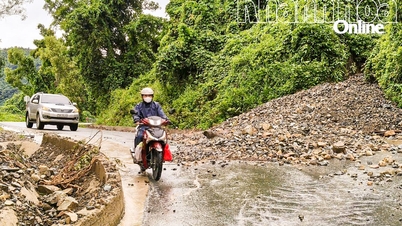











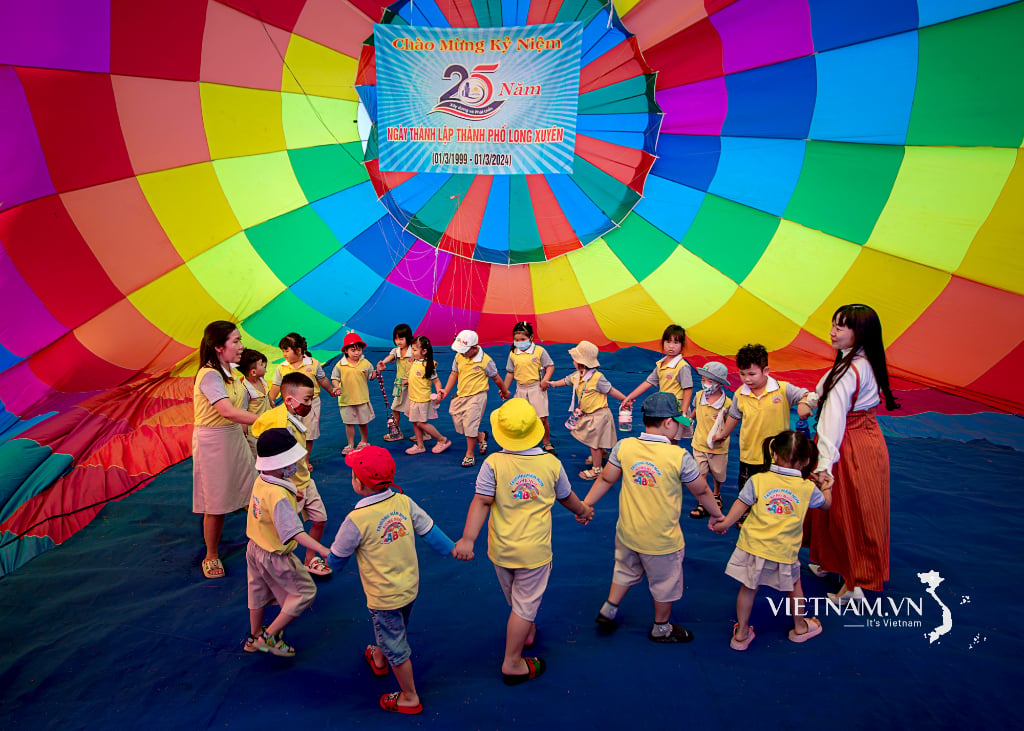


Comment (0)